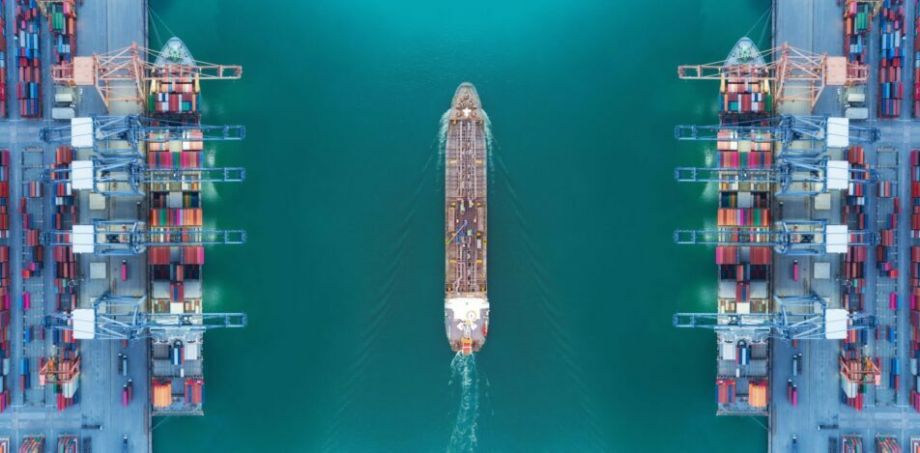
MARITIME ALLIANCES : A CHANGING LANDSCAPE
The shipping alliance landscape as we have known it since 2017 is in a state of flux. In addition to the European Union’s decision not to renew the exemption regime granted to shipping lines from 25 April 2024, the various alliances are oscillating between the end of contracts, mergers and consolidations. We take a look at these reorganisations.
END OF ALLIANCE 2M
End of contract between Maersk and MSC, announced on 25 January 2023 for effective implementation on 1 January 2025. The alliance known as 2M had been operating jointly since 2015 on the main shipping lines. A few months after this announcement, Maersk entered into a new alliance with its colleague Hapag Lloyd, under the name Gemini Corporation.
CREATION OF GEMINI CORPORATION
Rapprochement de Maersk et Hapag Lloyd pour une nouvelle alliance qui portera le nom de Gemini Corporation et qui débutera en février 2025. Le partenariat sera composé de 290 navires fournis à 60% par Maersk et couvrira sept trafics : Asie/côtes Ouest et Est américaines ; Asie/Moyen-Orient ; Asie/Méditerranée ; Asie/Europe du Nord ; Moyen-Orient – Inde/Europe et les lignes transatlantiques. Cette alliance prévoit :
- Une organisation en hubs de transbordement
- 26 services de lignes principales
- 32 lignes secondaires pour faire la navette entre les hubs et les ports desservis: 14 en Europe, 4 au Moyen-Orient,13 en Asie et une dans le golfe du Mexique.
CONSOLIDATING OCEAN ALLIANCE
On 27 February 2024, the world’s largest shipping alliance announced the consolidation of its partnership. CMA CGM, COSCO, EVERGREEN and OOCL have renewed their alliance until 2032, without waiting for the current contract to expire in 2027. The alliance comprises more than 300 container ships and some forty services, notably on the transpacific, where the alliance is mainly present, but also on the Asia/Northern Europe and Mediterranean, Asia/Middle East, Asia/West and East coasts of North America trades.
WHAT ABOUT THE ALLIANCE?
Questions remain for The Alliance. Following Hapag’s announcement that it will be leaving the alliance to join Maersk from January 2025, this leaves ONE, HMM and Yang Ming, which could be looking to new strategies, given that the capacity of this alliance is lower than that of Ocean Alliance. Other companies could eventually join this alliance.
END OF CONSORTIA
April 2024 will see the implementation of the end of consortia by the EU, which could redraw the established order in alliance in the maritime world. The Block Exemption regime allowed maritime carriers to derogate from the competition rules established within the EU. This agreement, known as Block Exemption, allowed companies to cooperate operationally, without a tariff agreement or capacity management on the market. All this was subject to a market share of less than 30% per alliance on a maritime corridor.
From 25 April, the companies will have to withdraw from the common antitrust regime.
THE ADVANTAGES OF MARITIME ALLIANCES
Alliances have been formed to expand the range of services they offer. As a result, shipowners have been able to form alliances that are essentially operational, enabling them to increase their turnaround times and optimise space on board ships by pooling operational resources. Shipping lines have also been able to extend their operating areas with a more global shipping network and reduce their operating costs by sharing capacity.
Certain shipping routes will therefore be subject to change depending on the direction taken by the alliances.









